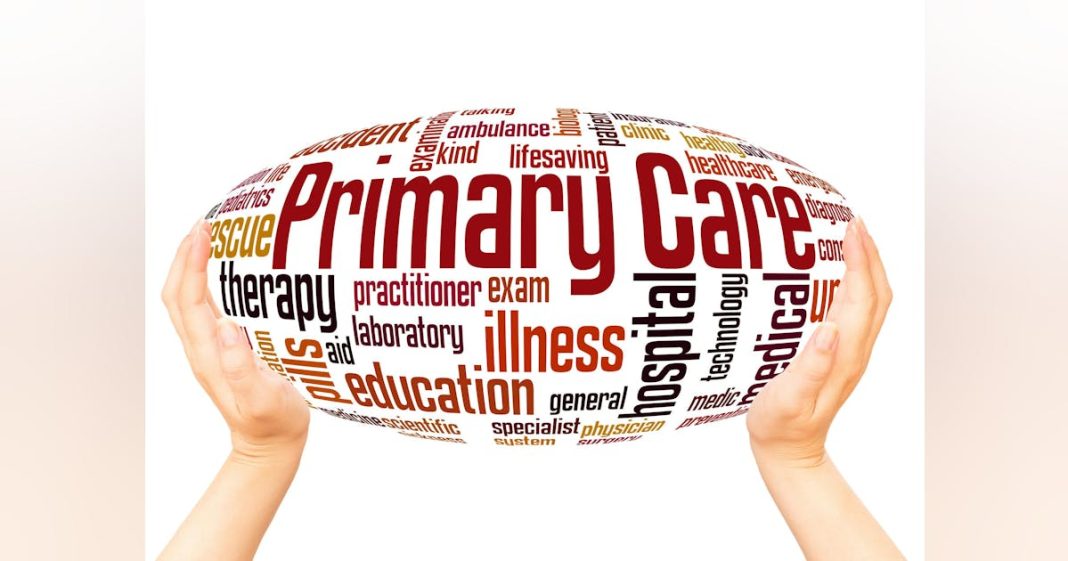The federal Health Resources and Services Administration (HRSA) has increased by 50 percent the initial loan repayment amount available to primary care providers who commit to practicing in areas with significant shortages of primary care providers.
With the growing cost of medical school and increased challenges in recruiting primary care providers to high-need areas, HRSA said the action would help rural and historically underserved communities attract providers to deliver critical primary care services. These providers — M.D.s and D.O.s, including OB-GYNs and pediatricians; nurse practitioners; certified nurse midwives; and physician assistants— could have as much as $75,000 forgiven in exchange for a two-year service commitment.
HRSA also is offering up to an additional $5,000 in loan repayment to all National Health Service Corps Loan Repayment Program participants who can demonstrate fluency in Spanish and who commit to practice in a high-need area serving patients with limited English proficiency. Providers will demonstrate language proficiency through an oral exam administered through an accredited language assessment organization.
Individuals with limited English proficiency disproportionately experience poor health outcomes and often substandard provider experiences, including challenges understanding doctors’ questions and diagnoses and reading and using prescriptions, referrals, and follow-up directions.
“At the Health Resources and Services Administration, we are committed to taking action to help ensure that everyone has access to primary healthcare,” said HRSA Administrator Carole Johnson, in a statement. “We know the importance of having a culturally competent and consistent source of primary care for improving health and wellness, managing chronic diseases and prescriptions, and coordinating across care teams. Yet, too often in rural communities and historically underserved communities, primary care remains difficult to access. That is why we are increasing our incentives to encourage primary care providers to practice in high need communities by paying a greater share of their educational loans.”
Through HRSA’s National Health Service Corps Loan Repayment Program, primary care medical providers could previously receive a maximum of $50,000 in initial loan repayment in return for a two-year full-time service commitment to practice in an area with a shortage of health professionals. This amount is nearly the same as the program offered 30 years ago, yet average medical student debt has grown more than four-fold over that same time period.
Now, eligible primary care providers can receive up to $75,000 in initial loan repayment in return for a two-year full-time service commitment to practice in those same areas. Participants have the opportunity to receive additional funding for extending their service commitment.
The Biden-Harris Administration pointed to other actions it is taking to support the primary care workforce, including investments in:
• Training primary care providers through the HRSA community-based Teaching Health Center Graduate Medical Education Program that is training more than 1,000 residents in more than 80 community-based residency programs;
• Supporting the creation of new primary care residency programs in rural communities, which when fully accredited and operational will have up to 540 slots for physicians in specialties including family medicine, internal medicine, psychiatry, and general surgery;
• Conducting over 25,000 trainings for practicing primary care providers including pediatricians, OB-GYNs, nurse midwives, and other maternal healthcare providers to identify and treat mental health conditions among children and adolescents and pregnant individuals and new moms;
• Training primary care residents in the prevention, identification, diagnosis, treatment, and referral of services for mental health and substance use disorders to integrate behavioral health into primary care;
• Increasing access to care for patients with special needs by training primary care medical students, physician assistant students, and medical residents in caring for individuals with intellectual and physical disabilities; and,
• Training new primary care providers in culturally and linguistically appropriate care for individuals with limited English proficiency through language immersion programs and other methods.







